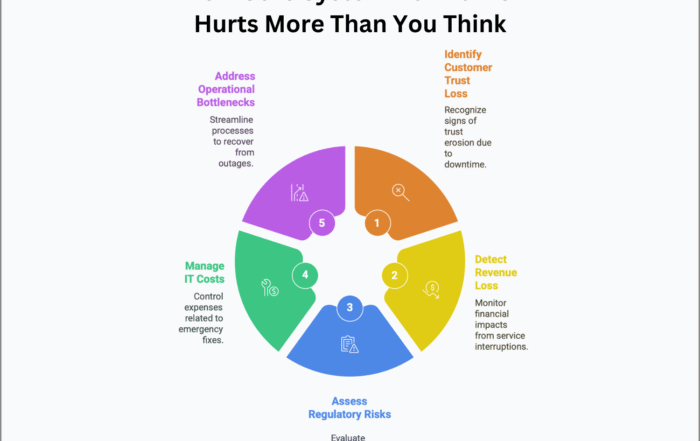
Navigating the Decision on Core Banking Technology Platforms and Architectures
As banks embark on transforming their core banking systems, selecting the optimal technology foundation is pivotal for success. The chosen architecture must align with strategic objectives and enable future agility. But how should banks approach this crucial decision?
Aligning Technology Strategy with Business Strategy
The technology strategy must stem from the overarching business strategy. Banks should begin by clearly defining their 3-5 year vision and goals for growth, efficiency, innovation, and customer experience. Key considerations include:
- Target customer segments and product plans
- Omnichannel integration needs
- Open banking and ecosystem partner integration plans
- Expected core system capabilities and service level agreements
- Cybersecurity and compliance requirements
- Potential geographic expansion plans
- Total cost of ownership (TCO) reduction targets
With this strategic clarity, banks can objectively evaluate technology options based on how well they support the desired business outcomes.
Critical Technology Considerations
While individual needs vary, all banks should assess some common aspects when evaluating core banking technology solutions:
1. Functionality Fit: How holistically and flexibly does the system support required products, channels, and operations? Can it be readily configured to changing needs?
2. Scalability: Can the platform seamlessly scale with huge volumes and data growth based on projections?
3. Cloud Readiness: Is the solution natively cloud-ready for easier future migration?
4. API Connectivity: How open and standards-based are the APIs for real-time ecosystem integration?
5. User Experience Adaptability: How easily can multi-channel user experiences be customized and optimized regularly?
6. Cybersecurity: Does the vendor offer robust mechanisms to address vulnerabilities and cyber threats?
7. Reporting & Analytics: Does the system provide intuitive self-service business intelligence, visualization, and machine learning-powered insights?
8. Implementability: How quick and smooth is the rollout methodology? How proven is the vendor’s experience and delivery track record?
9. Total Cost of Ownership: What is the overall TCO including licenses, operations, and personnel costs? How does it compare to alternatives?
Architectural Approaches: Monolithic vs. Modular
Banks also need to decide between a monolithic or modular architecture:
- Monolithic: All functionalities are contained within a single integrated stack, tending to be less flexible.
- Modular/Microservices: Functions are delivered via loosely coupled independent components that can be switched as needed, enabling greater agility.
Many banks favor the modular approach today for flexible composability. However, they must monitor complexity and find the right balance based on required capabilities.
Cloud vs. On-Premise Considerations
Public cloud options provide increased speed, scalability, and economies compared to on-premise models. But data security concerns remain. Banks should evaluate their readiness for a hybrid model, gradually moving workloads to the public cloud based on risk appetite while factoring in regulatory compliance needs.
Internal Development vs. Packaged Solutions
While building internally provides full customization, packaged off-the-shelf solutions offer faster ROI with proven methodologies. Banks must assess internal capabilities and solution complexity to determine the fit. A common approach is to utilize packaged solutions for the core while custom-developing niche innovations.
The Optimal Technology Fit
Ultimately, banks must objectively assess solutions against current and future needs while avoiding over-customization. While leveraging legacy systems, moving towards open, cloud-native platforms provides adaptability.
Achieving congruence between business strategy, IT strategy, and long-term market outlook is crucial. With a clear-eyed view, banks can architect flexible foundations to scale on-demand, integrate seamlessly, respond swiftly, and delight customers – both today and tomorrow.
Found this article interesting? Check out these three related reads for more.
- Evaluating core banking system implementation timelines
- Core banking hosting options In-house vs. Cloud hosting
- 10 reasons why core banking transformations are not just IT projects
#ArchitectureDecisionBanking #TechPlatformSelection




